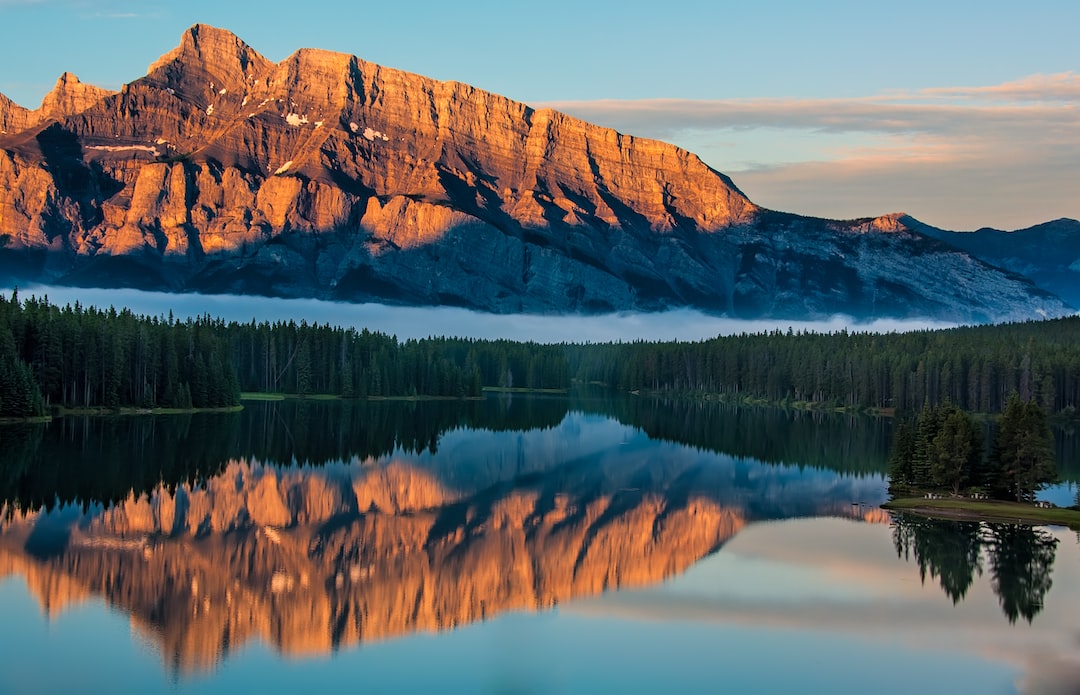The Best Places for Stargazing in the Wilderness
In a world that is becoming increasingly urbanized and digital, there is a profound beauty in reconnecting with nature and gazing up at a starry night sky. The increasing light pollution in cities has made it difficult for sky enthusiasts and astronomers to truly appreciate the wonders of the universe. However, there are still places tucked away in the wilderness where the night sky puts on an awe-inspiring spectacle. In this blog post, we will take a closer look at some of the best places for stargazing in the wilderness.
1. Death Valley National Park, California, USA:
Located on the border of California and Nevada, Death Valley National Park boasts breathtakingly dark night skies, making it a paradise for stargazers. The park’s low humidity and minimal light pollution make it an ideal spot for observing celestial objects – from the Milky Way stretching across the sky to meteor showers dancing through the atmosphere. The park also offers ranger-led stargazing programs, allowing visitors to delve deeper into the mysteries of the universe.
2. NamibRand Nature Reserve, Namibia:
The NamibRand Nature Reserve, situated in the heart of Namibia, is renowned for its vast desert landscapes and star-filled skies. Classified as an International Dark Sky Reserve, this remote location offers unparalleled views of the stars. Visitors can witness the splendor of the Southern Hemisphere’s constellations, including the Southern Cross and the Magellanic Clouds. The reserve even provides dedicated stargazing camps, where individuals can fully immerse themselves in the wonder of the night sky.
3. Aoraki Mackenzie International Dark Sky Reserve, New Zealand:
New Zealand’s Aoraki Mackenzie International Dark Sky Reserve is home to some of the darkest skies on the planet. The reserve is nestled within the Southern Alps, far from the bright lights of major cities. The exceptionally clear and unpolluted air allows for an unrivaled stargazing experience. Here, visitors can witness the ethereal beauty of the Milky Way, the Aurora Australis, and even catch a glimpse of the elusive Southern Lights.
4. Atacama Desert, Chile:
Dubbed the “Driest Place on Earth,” the Atacama Desert in Chile is not only a hotspot for adventure-seekers but also an astronomical paradise. The combination of high altitude, minimal light pollution, and low humidity creates a haven for stargazers. Tourists can explore observatories that make use of state-of-the-art telescopes and indulge in the breathtaking views of the cosmos. From the crystal-clear skies, it is even possible to see other galaxies millions of light-years away.
5. Cairngorms National Park, Scotland:
For those in search of a stargazing destination closer to home, Scotland’s Cairngorms National Park offers a remarkable opportunity to marvel at the night sky. Despite being a relatively small country, Scotland still houses several areas with low population density, resulting in dark nightscapes. The national park’s remote locations and lack of light pollution create a perfect environment for observing stars, planets, and the occasional display of the Northern Lights.
As more and more people become captivated by the beauty of the night sky, it is crucial to protect these wilderness areas from the encroachment of light pollution. Preserving dark sky reserves ensures that future generations will have the opportunity to appreciate the wonders of the universe and reconnect with nature. So, whether you are a seasoned astronomer or simply someone looking for an escape from the city, consider venturing into the wilderness to experience the sheer magnitude and majesty of the stars above.
